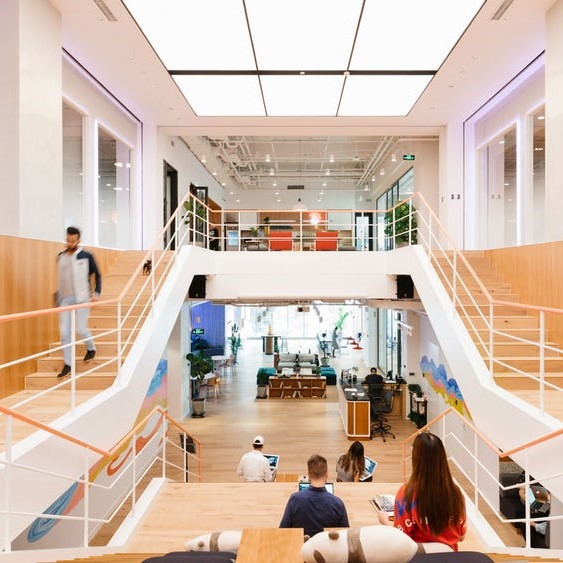To provide the best experiences, we use technologies like cookies to store and/or access device information. Consenting to these technologies will allow us to process data such as browsing behaviour or unique IDs on this site. Not consenting or withdrawing consent, may adversely affect certain features and functions.
The technical storage or access is strictly necessary for the legitimate purpose of enabling the use of a specific service explicitly requested by the subscriber or user, or for the sole purpose of carrying out the transmission of a communication over an electronic communications network.
The technical storage or access is necessary for the legitimate purpose of storing preferences that are not requested by the subscriber or user.
The technical storage or access that is used exclusively for statistical purposes.
The technical storage or access that is used exclusively for anonymous statistical purposes. Without a subpoena, voluntary compliance on the part of your Internet Service Provider, or additional records from a third party, information stored or retrieved for this purpose alone cannot usually be used to identify you.
The technical storage or access is required to create user profiles to send advertising, or to track the user on a website or across several websites for similar marketing purposes.
 Women and men experience a ‘large divergence’ in their career paths in the years following childbirth, according to a study following more than 3,500 new parents. Only 27.8 percent of women are in full-time work or self-employed three years after childbirth, compared to 90 percent of new fathers. And while 26 percent of men have been promoted or moved to a better job in the five years following childbirth, the figure is just 13 percent for women.
Women and men experience a ‘large divergence’ in their career paths in the years following childbirth, according to a study following more than 3,500 new parents. Only 27.8 percent of women are in full-time work or self-employed three years after childbirth, compared to 90 percent of new fathers. And while 26 percent of men have been promoted or moved to a better job in the five years following childbirth, the figure is just 13 percent for women.
















 With studies claiming almost as many women with children (74.1 percent) participated in the labour force as women without, in 2014, women who are juggling careers and motherhood benefit from flexibility at work the most. Recent research claims women account for 40 percent or more of the total labour force in several countries, making flexible working hours, extended
With studies claiming almost as many women with children (74.1 percent) participated in the labour force as women without, in 2014, women who are juggling careers and motherhood benefit from flexibility at work the most. Recent research claims women account for 40 percent or more of the total labour force in several countries, making flexible working hours, extended 













June 25, 2019
The difference between office design and FM is the difference between sex and parenthood
by Mark Eltringham • Comment, Facilities management, Workplace design